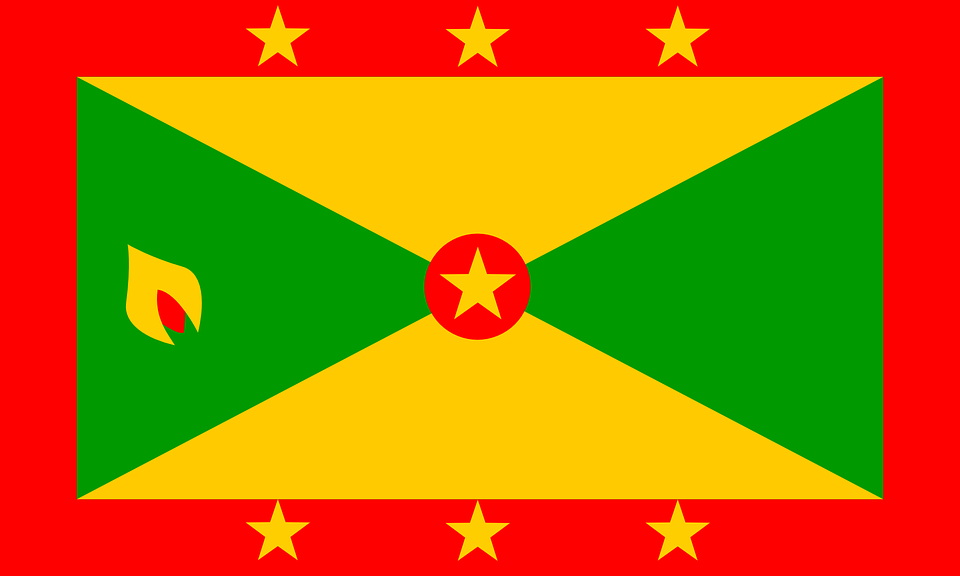Grenada is an island in the Caribbean, located at the southern end of the Grenadine island chain. The state of Grenada consists of three islands: the larger, Grenada, the smaller, Carriacou and the smallest, Petite Martinique. Together, they comprise 348.5 square kilometers (134.6 sq mi), with a population of 112,523 (2020). The capital of Grenada is St. George.
Grenada is known as the Isle of Spice because of its prolific supply of nutmeg, cinnamon and other spices.
Grenada was first inhabited by the Caribs and Arawaks, indigenous peoples from South America. In 1498, Christopher Columbus discovered Grenada. Europeans arrived thereafter and disagreements and resistance from the indigenous people followed. They were eradicated and some jumped to their deaths over the cliffs at the north of the island rather than be subjected to the Europeans.
Frequent scuffles took place between the French and the English over attempts to colonize the island. Grenada changed hands 14 times before coming under British rule in 1763 from the Treaty of Paris. British rule continued until 1974, except for a brief French takeover between 1779 and 1783.
Grenada gained its independence on 7 February 1974 under the leadership of Eric Gairy, who became the first Prime Minister of Grenada.The new country became a member of the Commonwealth, with Queen Elizabeth as Head of State. In March 1979, the New Jewel Movement overthrew Gairy’s government in a bloodless coup and established the People’s Revolutionary Government (PRG), headed by Maurice Bishop as Prime Minister. In 1983, Bishop was arrested and executed by members of the People’s Revolutionary Army, prompting a U.S.-led invasion in October 1983. Since then, the island has returned to a parliamentary representative democracy and has remained politically stable.





